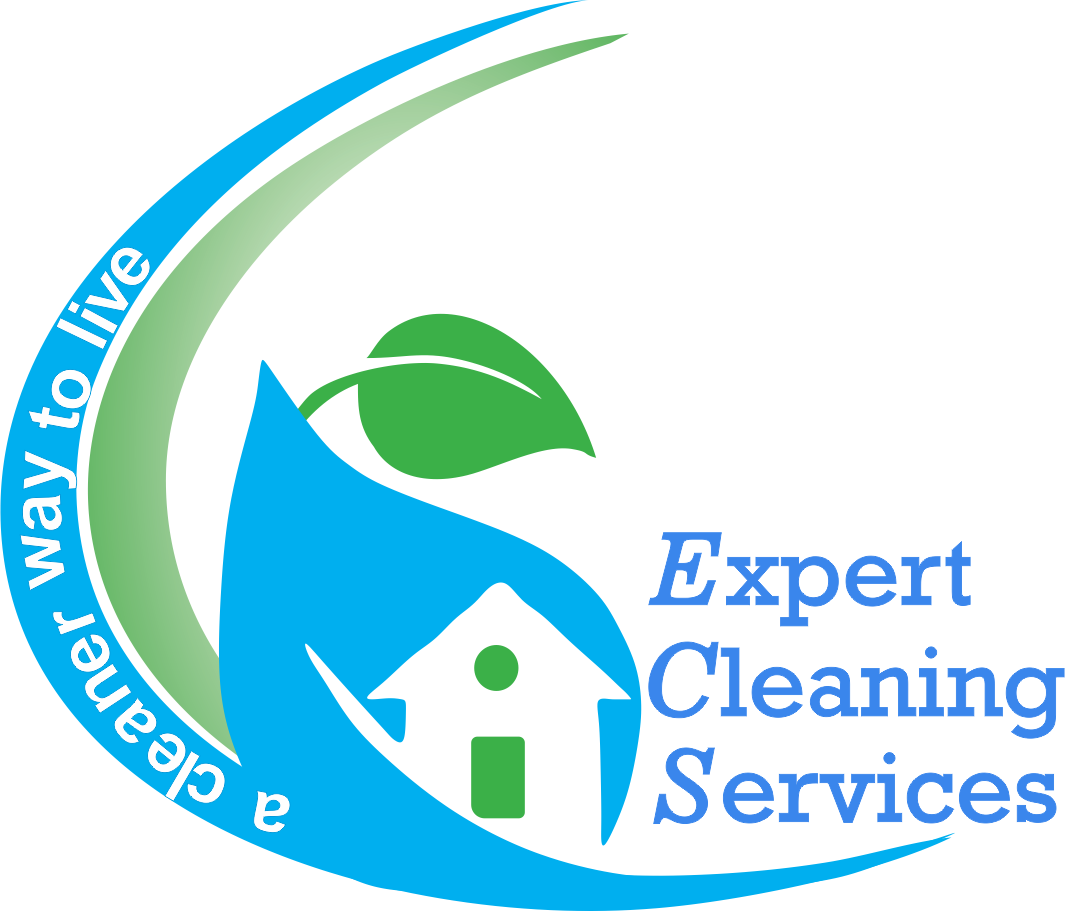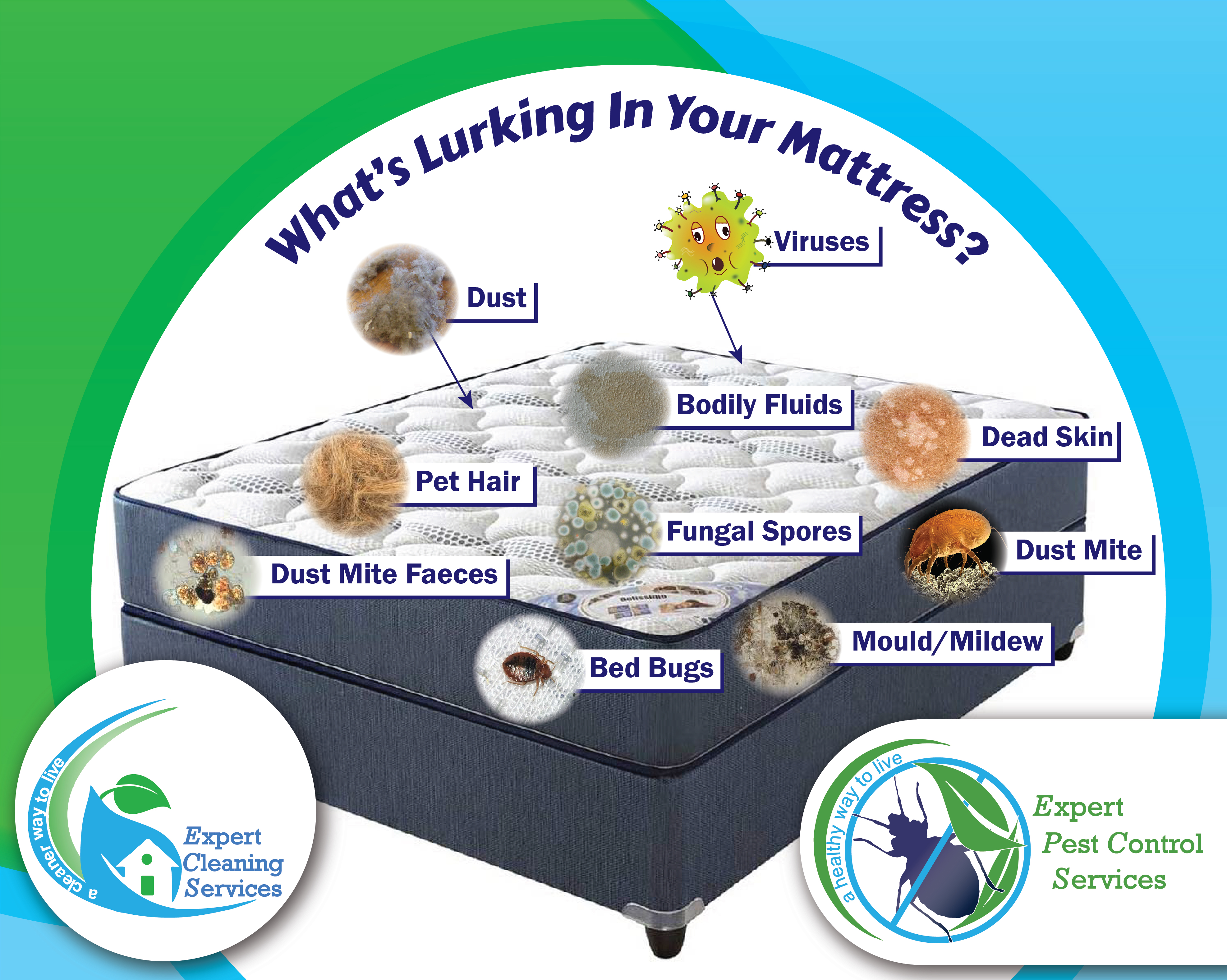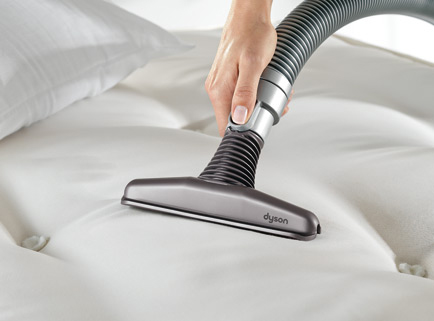
Unlock the Benefits of Mattress Cleaning
Book your mattress in for a Professional deep clean and get a better nights sleep: You're worth it!
When it comes to maintaining a clean living environment, your mattress deserves special attention that goes beyond just carpets and upholstery.
You might think that a mattress only requires cleaning in the case of spills or accidents. However, the reality is quite different. Your mattress deserves regular cleaning due to the frequent usage it undergoes.

Mattress Cleaning is about more than just cleanliness. A pristine mattress contributes to your overall well-being. A cleaner mattress means better sleep quality, and research demonstrates that improved sleep positively impacts your physical health and emotional balance.
Elevate your sleeping sanctuary with our professional Mattress Deep Cleaning services. We understand the unique needs of your mattress and are dedicated to providing the care it deserves.
Experience the difference a cleaner mattress makes. Embrace
better sleep, health, and well-being starting with a single call. Prioritize your comfort. Make the call to cleanliness now.

Protect against dust mites and dirt between Professional Mattress Cleaning
Use a mattress cover.
Wash bedding regularly.
Clean headboards and night s stand.
Keep dirty laundry contained to one area.
Clean windows
Vacuum mattress regularly.
Vacuum carpet regularly.
Vacuum / clean drapes.
Dust the room regularly.
Perform carpet, upholstery and mattress cleaning every 6 - 12 months

Quick Facts about Dust Mites
The Dust mites prime habitat is your bed, they can also be found in bedroom carpeting and household upholstery.
Dust mites and their excrement are one of the most common trigger to common allergy ailments like asthma, rhinitis, eczema. As house dust mites are mainly found in the mattress, it is important to ensure dust and house dust mites are removed thoroughly from the mattress to keep their presence to the lowest. Doctors strongly recommend allergy patients to clean their mattress regularly as it is common for allergy patients to have their worse attacks at night when sleeping because their bodies are reacting to dust and house dust mites from the mattress. So, by minimizing contact to these allergens, one will have less allergy trigger that may cause serious health condition.
